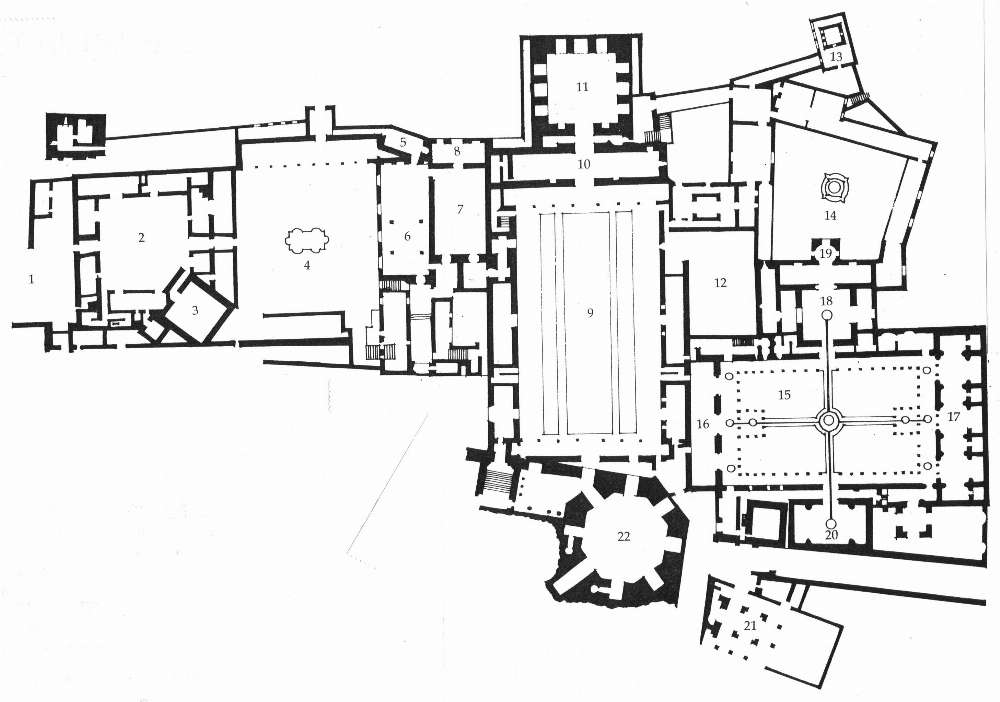
Lecture by Christopher Alexander at the Graduate School of Design, Harvard University: Visual material used in the lecture for illustrating his points
17/11/1982Pairs of photographs mostly of buildings, used by Christopher Alexander in the lecture, each one comparing side-by-side one contemporary building with a building from the past, in order to argue the point that the “works of our time simply do not belong to that family of things buildings that I’ ve just shown” –using his own words. He showed eleven examples of pairs, but the archive inludes the photographs of the following first five pairs, and one of the photographs of the last two pairs. .
Photograph:
- 1st pair - Salt shaker paired with ketchup bottle
- 1st pair - Ketchup bottle paired with salt shaker
- 2nd pair - Traditional house from Northumberland paired with house by Gwathmey
- 2nd pair - House by Gwathmey paired with traditional house from Northumberland
- 3rd pair - The Masdi-i-shah mosque, Isfahan paired with Louis Kahn building
- 3rd pair - Louis Kahn building paired with the Masdi-i-shah mosque, Isfahan
- 4th pair - Greek monastary, Mount Athos paired with Detroit apartments by Mies van der Rohe
- 4th pair - Detroit apartments by Mies van der Rohe paired with Greek monastary, Mount Athos
- 5th pair - The plan of Alhambra paired with the Renaissance Center plan, Detroit
- 5th pair - The Renaissance Center plan, Detroit paired with the plan of Alhambra
- 6th pair - Columns of Temple of Hera, Paestum paired with a construction by Robert Stern
- 7th pair - Barragan's fountain of lovers paired with the Rialto bridge in Venice
References
-
Geometry and Fifteen Fundamental Properties
Christopher Alexander recognized the importance of the geometry of centers and for years he was looking for the common structural features among buildings, paintings, streets, carpets, doors, windows, etc. which have "life" and "wholeness". He identified fifteen structural features which ...
-
Wholeness as a Tangible and Objective Quality: The Mirror of the Self
In any process of design or making, the next step which is most structure-enhancing, is that step which most intensifies the feeling of the emerging whole. What ultimately matters in this process is that the work produced generates feeling in ...
-
Ornament and Function as Products of Unfolding
Ornament arises as part of the design process, when a person is making and seeks to embellish this "something" while making it. It arises as a result of the latent centers in the uncompleted thing requiring still more centers, requiring ...
SEE ALL Scientific Research




 Go Back
Go Back